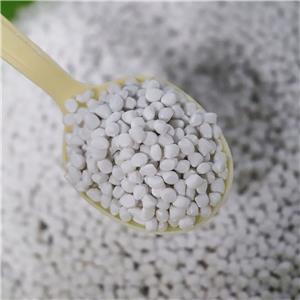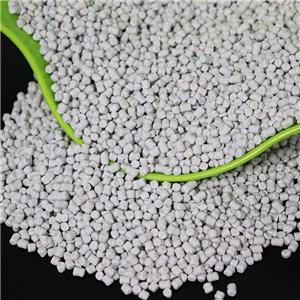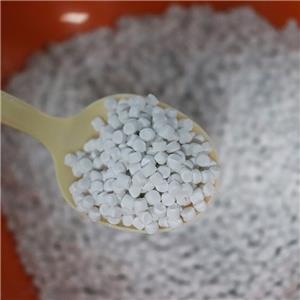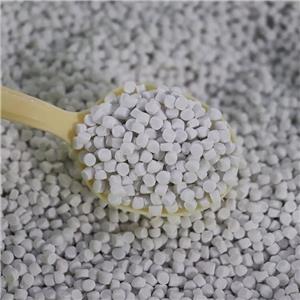Powder Coating Filler Selection and Application Differences
Powder coating is a solid powder coating composed of solid resin and pigment, filler and additives; it is also a kind of environmentally friendly coating, which is different from ordinary solvent-based coatings and water-based coatings in that it does not use water and solvent as a dispersion and exists in the state of microscopic fine powder; therefore, powder coating is characterized by solvent-free pollution, 100% film formation and low energy consumption.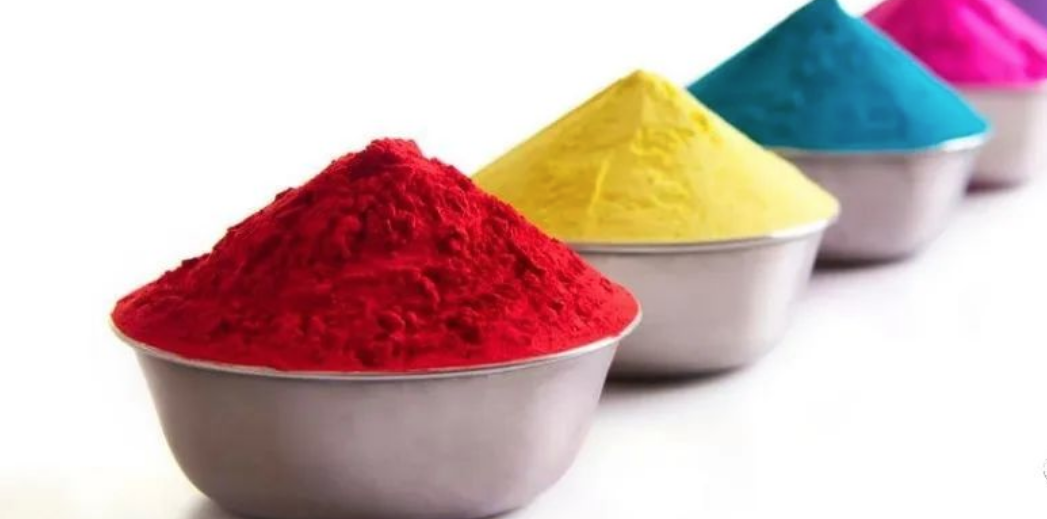
In most powder coating formulations, the content of pigments and fillers is about 20%-40% of the total mass of the formulation. Although the role of fillers is not as important as that of resins and pigments, they are also indispensable components in the composition of most formulations. Commonly used fillers in the formula are calcium carbonate, barium sulfate, talc, mica powder and hollow glass beads, etc.; among them, calcium carbonate and barium sulfate are used in larger quantities, and other fillers are generally present in the system in the form of increasing or supplementing performance and function.
When designing powder coating formulations, the following aspects should be considered in the selection of filler species.
Characterization of fillers in powder coatings:
1. Density: The higher the density, the lower the coverage of the powder coating.
2. Particle size distribution: the particle size of the filler is very important. If some fillers have a large particle size, the cured film will look poorly flat and rough in appearance, and at the same time, it will be very abrasive to the screw.
3. Chemical properties: the filler must have a certain degree of chemical inertia, to avoid reacting with certain components of the powder formula.
4. Purity: less impurity, if the filler in the impurity will affect the surface decoration of the film, such as particles and other issues.
5. Whiteness: the color of the filler as far as possible, whiteness should be good, in order to reduce the amount of titanium dioxide, light-colored filler batch to batch should be as far as possible to ensure the stability of the color.
6. Moisture content: Moisture should be low, should not exceed 0.5%, to avoid interference with the curing reaction and agglomeration affecting the dry powder fluidity of the powder coating.
Characterization of each filler in powder coatings:
| Powder Composition | Application Features |
| Precipitated barium sulfate | Low oil-absorption value, excellent coating leveling and light retention, and high powder rate, can be applied to high-gloss or semi-gloss coating |
| Calcium Carbonate | One of the commonly used fillers, due to the wide range of resources and cheap price is also recognized by the market. However, its acid stability is poor, easy to be corroded by acidic substances, oil absorption value is larger, generally used in indoor texturing products. |
| Talc Powder | Have a certain thixotropy, have a greater impact on the melt flow of powder coatings, commonly used in textured powder. |
| Mica powder | Scale-like, excellent heat resistance, acid and alkali resistance, has an effect on the melt fluidity of powder coatings, generally used in temperature-resistant and insulating powder coatings, can be used as filler for texture powder. |
| Hollow glass beads | Heat insulation, insulation, low water absorption; hollow glass beads of the interior is a vacuum or thin gas and epoxy resin there is a difference in density and thermal conductivity, so it has the characteristics of heat insulation, is an excellent filler for high-temperature powder coatings. |
Selection rules for fillers based on performance requirements:
(1) Requirements for coating film decorative good leveling, should choose small oil absorption, good dispersion of the filler, it is best to choose the coupling agent, fatty acids and other surface treatment agents treated or ultrafine filler, which is conducive to the dispersion of the filler;
(2) In order to reduce the volume concentration of filler, precipitated barium sulfate with high density and good dispersion can be used;
(3) In order to reduce the density of the powder coating, the lighter calcium carbonate with lower density can be used;
(4) For textured surface effects such as sand grain powder coating, talc or bentonite can be used with;
(5) In order to improve the electrical insulation properties, the use of quartz powder or mica powder and so on;
The main direction of development of fillers for the powder coating field:
Surface modification: Powder coating fillers are generally polar, while powder coating resins are less polar, which can result in poor compatibility between the two and adversely affect powder coating processing and coating performance. Therefore, it is usually necessary to carry out surface treatment of powder fillers, so that the particle diameter of the aggregates is significantly reduced or the fluidity of the system can be improved, to improve the processing performance, appearance and mechanical strength of the coating.

